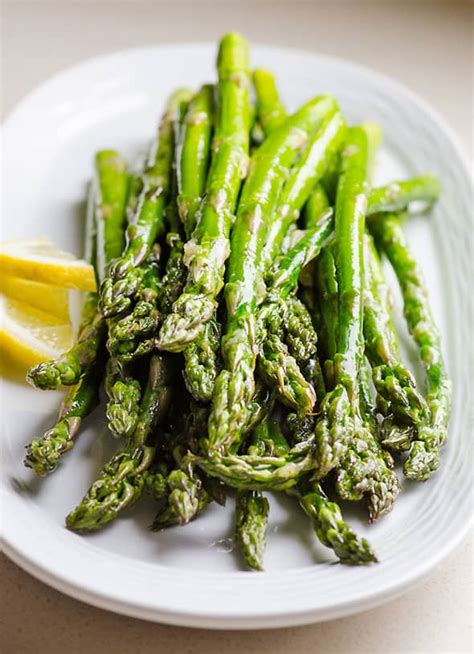Discover the benefits of sprouted chickpeas, how to sprout them, and create a delicious base hummus recipe with variations and serving tips.
Benefits of Sprouted Chickpeas
Contents
Sprouted chickpeas are a powerhouse of nutrients and offer several health benefits. When chickpeas are sprouted, their nutritional value increases as they become easier to digest and their nutrient content becomes more bioavailable.
One of the main benefits of sprouted chickpeas is their high protein content. Sprouting increases the protein content of chickpeas, making them an excellent plant-based protein source for vegetarians and vegans.
In addition to their protein content, sprouted chickpeas are also rich in fiber, which is beneficial for digestive health. The fiber content of sprouted chickpeas helps to promote regular digestion and can aid in maintaining a healthy weight.
Furthermore, sprouted chickpeas are a good source of antioxidants, including vitamin C and vitamin E, which help to protect the body from cellular damage caused by free radicals.
How to Sprout Chickpeas
One of the first steps in creating delicious sprouted chickpea hummus is to sprout the chickpeas. This process is simple and can be done at home with just a few ingredients. To start, you will need dried chickpeas, water, and a large glass jar or bowl.
First, measure out the desired amount of chickpeas you want to sprout and place them in the glass jar. Fill the jar with water, making sure the chickpeas are fully submerged. Cover the jar with a breathable material, such as cheesecloth or a thin kitchen towel, and secure it with a rubber band or string.
Leave the chickpeas to soak in the water overnight, or for at least 8-12 hours. Once the soaking time is complete, drain the water from the jar and rinse the chickpeas thoroughly. Return the chickpeas to the jar, cover with the breathable material, and let them sit at room temperature for another 8-12 hours.
Repeat the rinsing and draining process every 8-12 hours, until the chickpeas sprout little tails, which usually takes 1-2 days. Once the chickpeas have sprouted, they are ready to be used in a variety of delicious recipes, including sprouted chickpea hummus.
Creating the Base Hummus Recipe
When it comes to making the perfect hummus, the key is starting with the right base. The base hummus recipe is simple and versatile, allowing you to customize it to suit your taste preferences. The basic ingredients include chickpeas, tahini, garlic, lemon juice, olive oil, and spices like cumin and paprika.
First, you’ll need to prepare the chickpeas. You can use canned chickpeas for convenience, but many people find that using sprouted chickpeas adds an extra level of flavor and nutrition. To sprout chickpeas, simply soak them in water for 8-12 hours, then rinse and drain them twice a day until they begin to sprout, which usually takes about 2-3 days.
Once your chickpeas are ready, blend them in a food processor or blender with the tahini, garlic, lemon juice, and olive oil until smooth. You can add a little bit of water to achieve your desired consistency. Then, season the hummus with salt, cumin, and paprika to taste.
Now that you have your base hummus ready, you can get creative with different flavor variations. Adding ingredients like roasted red pepper, sun-dried tomato, or fresh herbs can take your hummus to the next level. Don’t forget to garnish with a drizzle of olive oil and a sprinkle of paprika for that finishing touch.
Once you’ve perfected your hummus recipe, you’ll want to ensure it stays fresh for as long as possible. Store your hummus in an airtight container in the refrigerator, and it should last for about a week. When serving, consider pairing it with pita bread, fresh vegetables, or crackers for a delicious and healthy snack or appetizer.
Variations to Spice Up Your Hummus
One of the best things about making hummus is that it’s incredibly versatile. There are so many ways you can add different flavors and ingredients to switch up the taste. If you want to take your homemade hummus to the next level, here are a few variations to try:
1. Roasted Red Pepper: To add a smoky, slightly sweet flavor to your hummus, try blending in some roasted red peppers. This variation is not only delicious, but it also adds a vibrant pop of color to your dish.
2. Spicy Jalapeno: If you enjoy a bit of heat, consider adding some diced jalapenos to your hummus. The spicy kick pairs perfectly with the creamy texture of the chickpeas, creating a bold and flavorful dip.
3. Sundried Tomato and Basil: For a Mediterranean-inspired twist, mix in some sundried tomatoes and fresh basil. This combination adds a burst of tangy, herbaceous goodness to your hummus.
4. Cilantro and Lime: To give your hummus a fresh and zesty flavor, try incorporating some chopped cilantro and a squeeze of lime juice. This variation is perfect for adding a bright, citrusy kick.
Tips for Serving and Storing Hummus
When it comes to serving hummus, presentation is key. Use a shallow dish and make sure to drizzle a generous amount of olive oil over the top for a smooth and shiny surface. Sprinkle some paprika for a pop of color and add a few whole chickpeas as a garnish. Serve with warm pita bread, fresh veggies, or even as a spread on sandwiches.
For storing leftover hummus, transfer it to an airtight container and refrigerate immediately. Make sure to cover the surface with a thin layer of olive oil to prevent it from drying out. Hummus can be kept in the fridge for up to a week, but it’s best when consumed within 3-4 days for optimal freshness and flavor.
When serving hummus at a party or gathering, consider creating a hummus platter with an assortment of toppings such as caramelized onions, roasted red peppers, or even some crumbled feta cheese. This allows guests to customize their hummus experience and adds variety to the spread.
Another tip for serving hummus is to experiment with different types of spices and flavors. Try adding a drizzle of balsamic glaze or a sprinkle of za’atar for a unique twist on the classic recipe. You can also infuse your hummus with fresh herbs like cilantro, parsley, or mint to add a burst of freshness.













